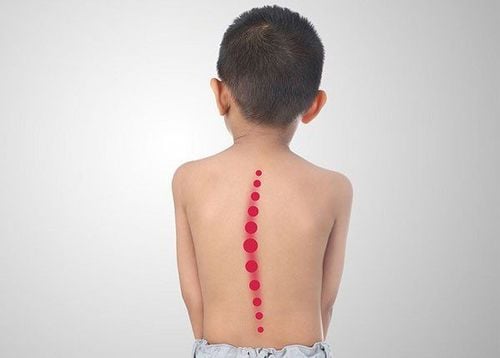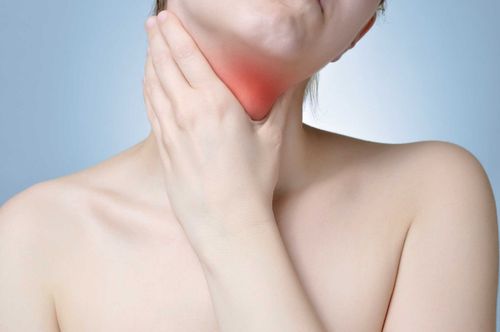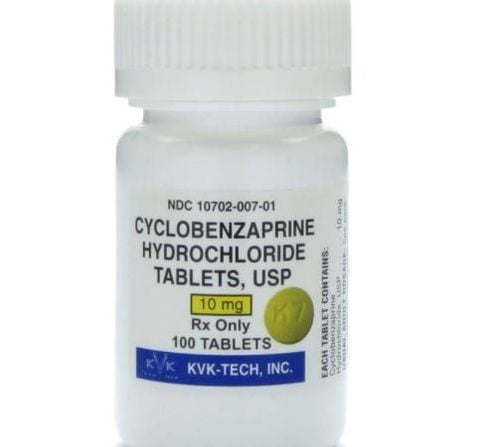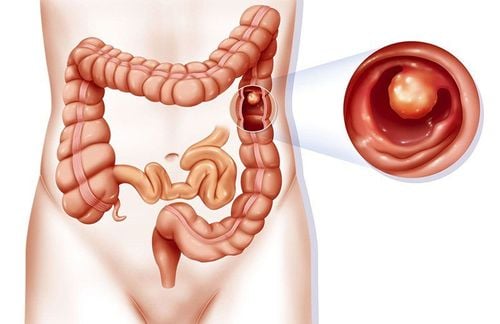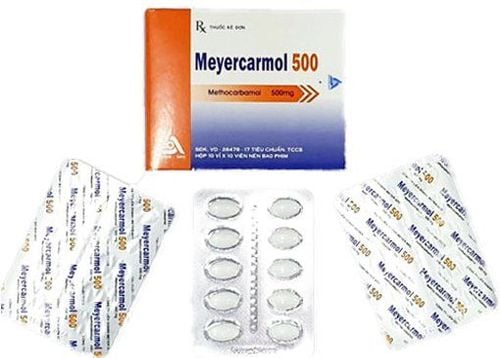This is an automatically translated article.
The article was professionally consulted by Specialist Doctor II Mai Anh Kha - Orthopedic surgeon - Department of General Surgery - Vinmec Danang International General Hospital.A shoulder dislocation is an injury in which your upper arm bone pops out of the cup-shaped socket that is part of your shoulder blade. The shoulder is the body's most mobile joint, making it prone to dislocation. Shoulder dislocation is often associated with extreme pain and an inability to move your arm until it is moved back into the shoulder socket.
1. Causes of partial shoulder dislocation
A partial shoulder dislocation (or brachial fascia) is defined as a partial or incomplete dislocation, usually resulting from changes in the mechanical integrity of the joint.In a partial shoulder dislocation, the top of the humerus is displaced from the socket of the scapula; The result is weakness of the rotator cuff muscle group at the shoulder joint or the appearance of swelling in the shoulder joint.
Partial shoulder dislocation is most often caused by:
Living trauma: An accident or injury that damages the joint or other structures that provide stability to the shoulder joint. A sports injury: Impact sports such as football and basketball often cause partial shoulder dislocations. Stroke: A stroke patient will cause paralysis, muscle weakness leading to instability of the shoulder joint causing partial shoulder dislocation. One study found that about 80% of people who have had a stroke also have a partial shoulder dislocation. Younger men participating in physical activity groups have the highest risk of shoulder dislocation.
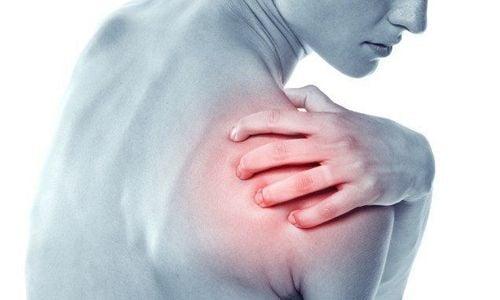
Nam giới có xu hướng xuất hiện nguy cơ trật khớp vai hơn
2. Symptoms of partial shoulder dislocation
Partial shoulder dislocations are more difficult to identify than complete shoulder dislocations. However, in some cases, a partially dislocated shoulder joint will be visible under the skin.The patient feels the head of the joint is moved in and out of the shoulder socket, markedly limited range of motion, and possibly pain. Symptoms may include:
The shoulder joint is deformed or dislocated from its original position; Swelling, pain; Numbness or tingling along the arm; Difficulty moving the joint; Also, a clicking sound in the shoulder may be noticed during everyday activities, especially those that involve raising the arms above the head. A partial shoulder dislocation has some symptoms with similar injuries that can be confused with other injuries such as:
Biceps: Due to the location of the tendon, biceps tendonitis is a common cause of pain. shoulder. Collar Injury: A fracture or injury to the collarbone can lead to pain in the shoulder and difficulty moving the joint. Rotator cuff tendon injury: Injury to the rotator cuff tendon is one of the causes of shoulder pain. Minor injuries will usually heal on their own, while severe injuries may require surgery. Shoulder dislocation: occurs when the pons of the arm is dislocated from the socket in the shoulder blade. Symptoms are similar to those of a partial shoulder dislocation. Swimming shoulder: Swimming requires a high degree of shoulder flexibility and range of motion, swimmers are often prone to joint disorders and increased risk of injury.

Trật khớp vai bán phần có những triệu chứng tương tự chấn thương xương đòn
3. Method of treatment of partial shoulder dislocation
Treatment helps reposition the dislocated shoulder back into the socket and ensures that it stays in place. Doctors usually diagnose shoulder dislocations using ultrasound imaging. An accurate diagnosis is key in choosing the best treatment.3.1 Surgical treatment
Surgery is recommended when shoulder dislocations recur. It may also be the preferred treatment when nerves, blood vessels, or ligaments in the shoulder are damaged.Surgery for a dislocated shoulder is often required to tighten a torn or stretched tendon, ligament. A surgeon can also repair a torn labrum, the ring of cartilage that surrounds the shoulder socket, and stabilize the humerus. Together, the soft tissues hold the joint in place. The goal of surgery is to repair or tighten these tissues.
An endoscopic technique that allows surgeons to access the shoulder with very small incisions, minimizing damage to surrounding tissues.
Surgeons perform arthroscopic surgery by:
Using a thin, pencil-sized instrument called an arthroscope, which is inserted into the joint through a small incision. The arthroscope has a video camera and light on one end and sends a live video inside the shoulder to a nearby monitor. This clear view of the inside of the joint can be magnified many times to show fine details in the bones, tendons, ligaments and labrum. After positioning the arthroscope, the surgeon will insert small surgical instruments through a separate small incision. Using the video as a guide, the surgeon repositions the torn ligament or labrum to the bone. Laparoscopic surgery is usually performed under general anesthesia. Surgeons also often inject a drug called a nerve block, which temporarily blocks nerve signals that cause pain in the shoulder. A nerve block provides pain relief 10 to 12 hours after surgery.
Partial shoulder dislocation surgery is an outpatient procedure, which means you can go home within a few hours of surgery. Doctors may prescribe pain relievers for the first week or two. As your shoulder heals and the pain subsides, doctors recommend switching to an over-the-counter pain reliever.
Doctors recommend immobilizing the arm and shoulder using a shoulder bag for four to six weeks while the soft tissues heal. After surgery, the shoulder needs to be immobilized for several weeks. For a period of time, avoid vigorous shoulder movements to prevent complications or recurrence.
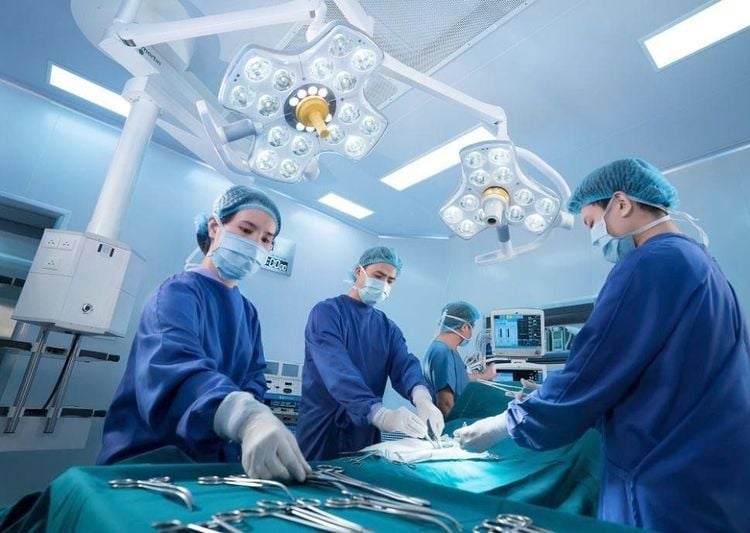
Phẫu thuật là phương pháp điều trị phổ biến hiện nay
3.2 Treatment with physiotherapy
Physiotherapy is applied to patients with mild shoulder dislocations without inflammation, ligaments and tendons. In addition, physical therapy also helps to speed up recovery after surgery.Physiotherapy applied in the treatment of stroke patients (cerebrovascular accident, hemiplegia):
Using support belts and splints: Traditional support devices, in the form of belts or splints have been used used to control partial shoulder dislocation after stroke; The purpose is to support the weight of the arm thereby preventing/minimizing downward traction of the humerus, and reducing stress on the capsule.
In a report by Physiotherapist Cochrane, electrical stimulation was shown to improve pain in shoulder dislocations; however, there was no significant effect on upper extremity recovery.
Instruct the patient/caregiver/relative on how to position the limb so that the arm's weight is supported. Active or passive assisted exercises must be started within 24 hours of focussing for the purpose of maintaining shoulder range of motion.
Physical therapy in non-stroke patients includes:
Mobility exercises: applying passive, active-assisted, and active-free exercises. Exercise control movement. Stabilize the shoulder blades. Exercises to contract muscles and increase muscle strength at a moderate level. Manual therapy techniques work on the brachial fascia, as well as the clavicle and sternum. Manual treatment of the cervical-thoracic spine and upper ribs.

Điều trị trật khớp vai bằng vật lý trị liệu
Vinmec International General Hospital is one of the hospitals that not only ensures professional quality with a team of leading medical doctors, modern equipment and technology, but also stands out for its examination and consultation services. comprehensive and professional medical consultation and treatment; civilized, polite, safe and sterile medical examination and treatment space.
With more than 22 years of professional experience, Doctor Mai Anh Kha used to hold the position of Head and Deputy of Department of Surgery - Plastic Burns at Hue Central Hospital and worked at other large medical units such as Da Nang Hospital, Traffic Hospital 5. Currently, he is an Orthopedic Surgery Doctor - General Surgery Department - Vinmec International General Hospital Da Nang.
Customers can directly go to Vinmec Health system nationwide to visit or contact the hotline here for support.





